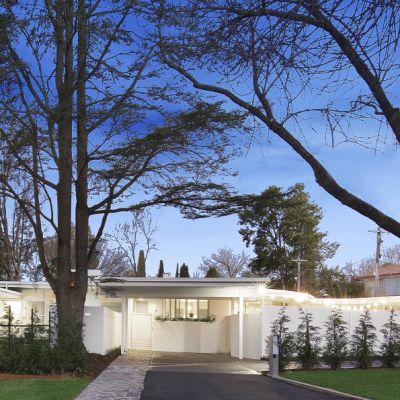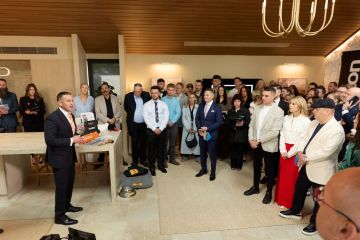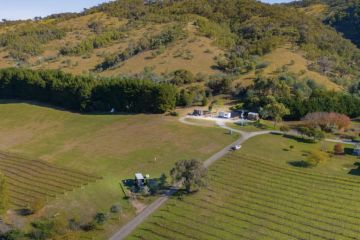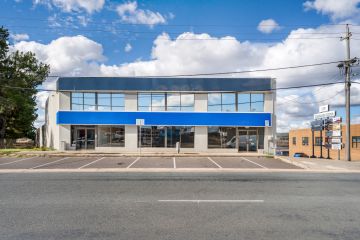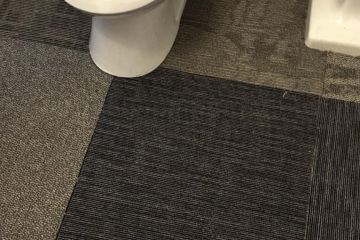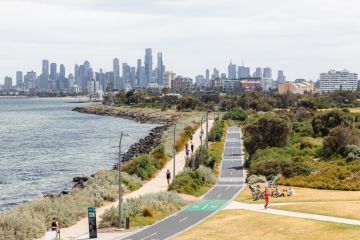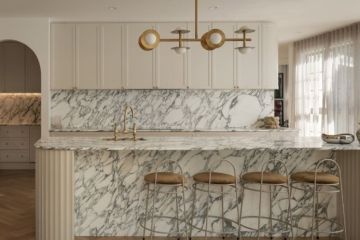A piece of history: Red Hill home built by a ‘Jennings German’ on the market for the first time in 50 years
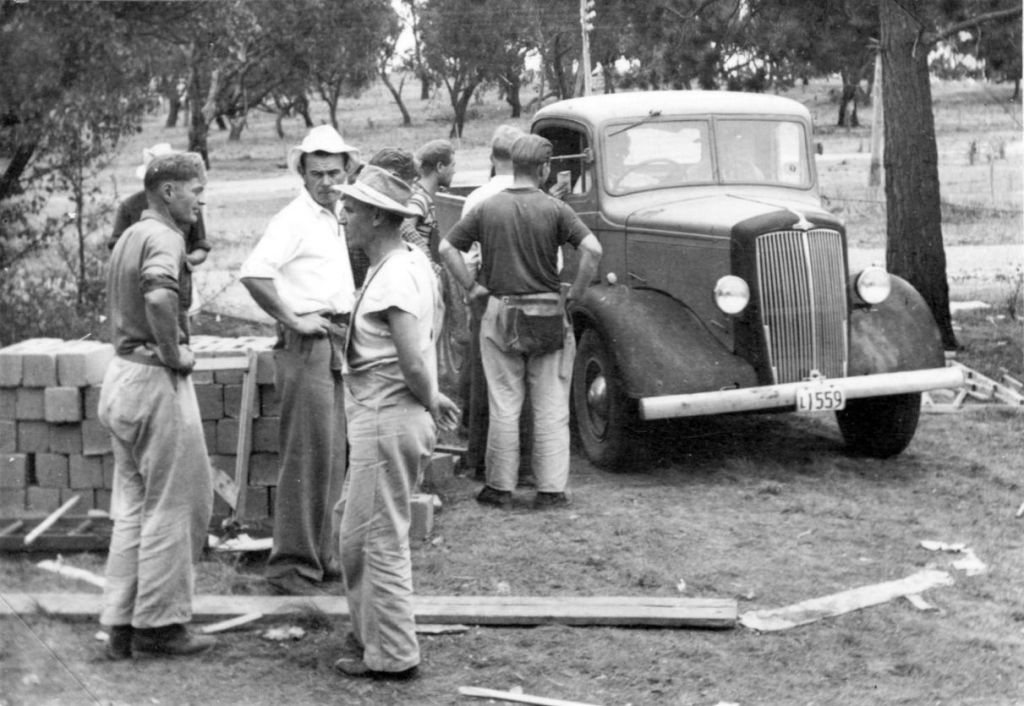
Many people helped shape this once sleepy town into the nation’s capital that it is today, and one of them was Konrad Dimpel who, along with 150 Germans, moved to Canberra seeking a better life for himself.
Mr Dimpel was one of the “Jennings Germans”, the 150 men who migrated to Canberra in the early 1950s under a two-year contract with construction company AV Jennings to build 1850 homes across the capital.
The skilled carpenters looked forward to the new adventure, tempted by the allure of a new country, but the move came with its own challenges, including language barriers and adapting to the Canberra heat come summertime.
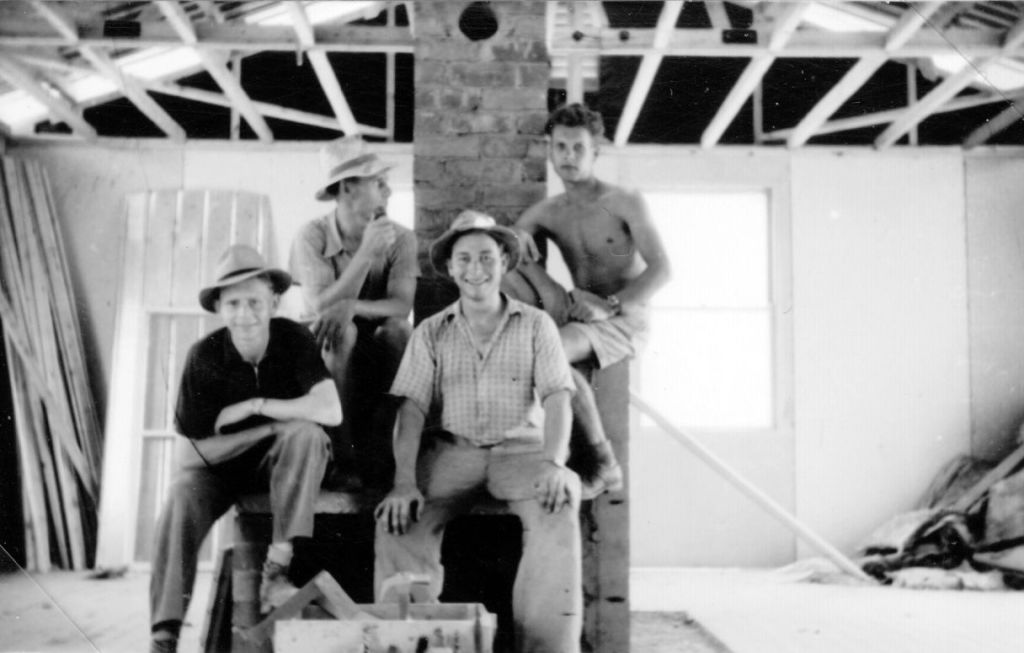
But over two years, the young men built houses across O’Connor, Ainslie, Narrabundah and Yarralumla brick by brick.
Some of the homes still exist today – a link to an astounding time in Canberra’s history where the Jennings Germans altered the physical and cultural landscape of the young capital and left a legacy that has lasted generations.
Mr Dimpel opted to stay in Canberra after his contract was up and went on to start his own business, dubbed K Dimpel Joiner in Fyshwick not long after.
He then built his first home in Red Hill, at No. 53 Investigator Street. Fast forward to today and the home is now on the market for the first time in 50 years.
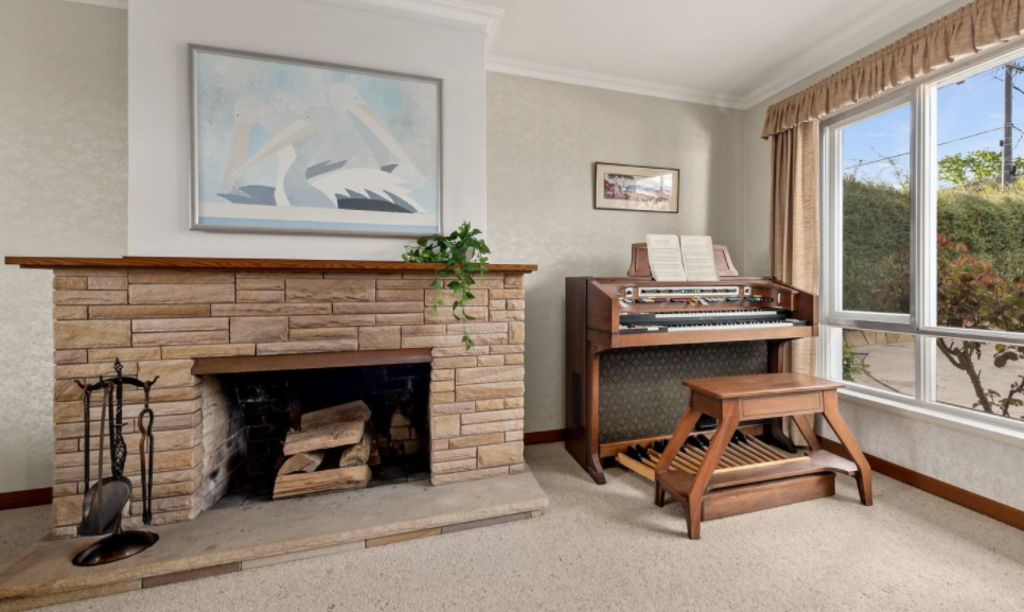
The four-bedroom residence, affectionately known as Cannisbay, has been under the ownership of the Sinclair-Jackson family since 1970. During that time, the family retained all of the home’s period features that Mr Dimpel had intended for his own family.
Debbie Sinclair-Jackson’s parents purchased the double-brick home when they first moved to Canberra from Alice Springs. Ms Sinclair-Jackson’s mother came up with the name, a tribute to the Canisbay hamlet in Scotland.
“My mum was really interested in learning about Canisbay and came to learn that her ancestors in the 15th century were from there,” she said.
“It’s not the traditional spelling of the name but that’s my mother’s quirkiness coming through.”
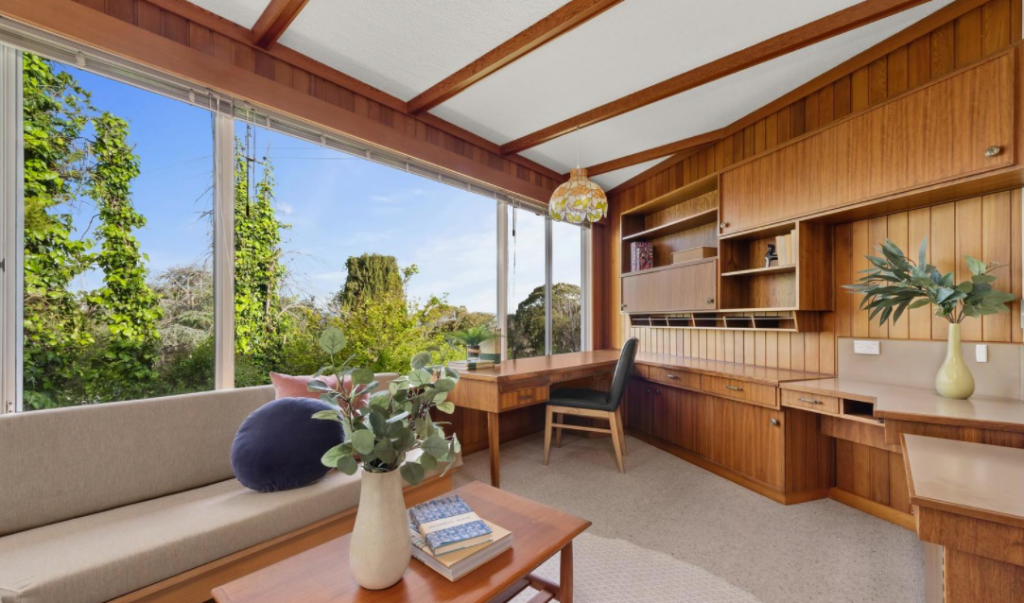
The home sits on more than 1000 square metres of land and features beautiful sandstone as its foundation, a trademark in the backyard. Inside, the open-plan living and dining areas are complemented by the stone fireplace.
“On a cold winter evening, I’d come home from school and mum would let us move the dining table closer to the fireplace and we’d have dinner in the living room,” Ms Sinclair-Jackson said.
To this day, the built-in timber furnishings that Mr Dimpel installed are still standing, including an office set up in the study room, dressing table in the master bedroom and banquette booth seating area in the dining room.
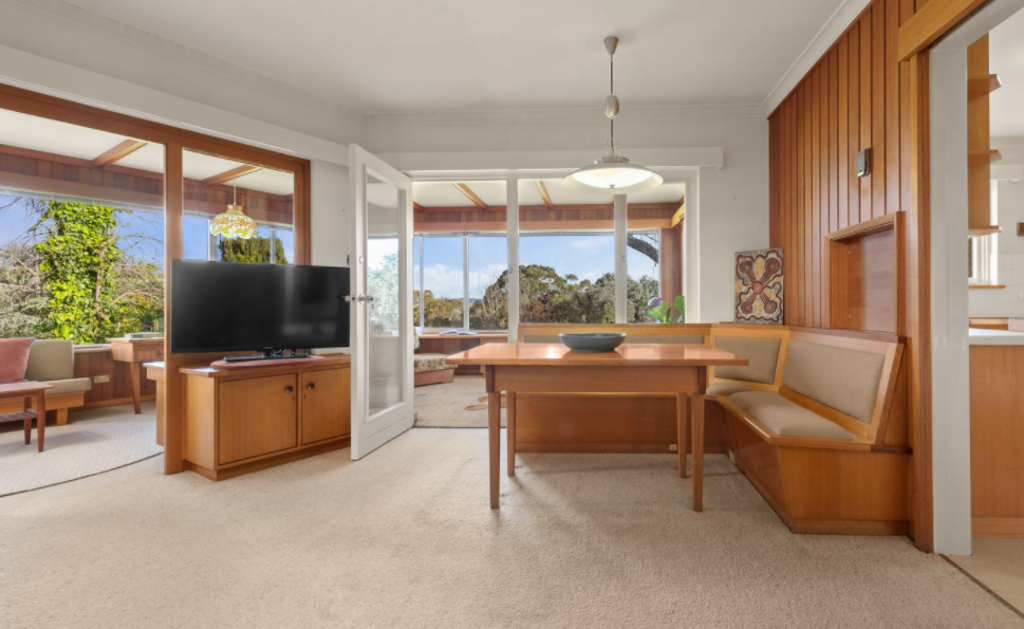
In 2016, the Jennings Germans were officially recognised by the ACT government for their contribution to the building of Canberra.
The Canberra Museum and Gallery is showcasing the exhibition Building a Life: The Jennings Germans story, which explores the lives of the carpenters and the legacy they left behind. The exhibition is running until November 7, 2020.
We recommend
We thought you might like
States
Capital Cities
Capital Cities - Rentals
Popular Areas
Allhomes
More
